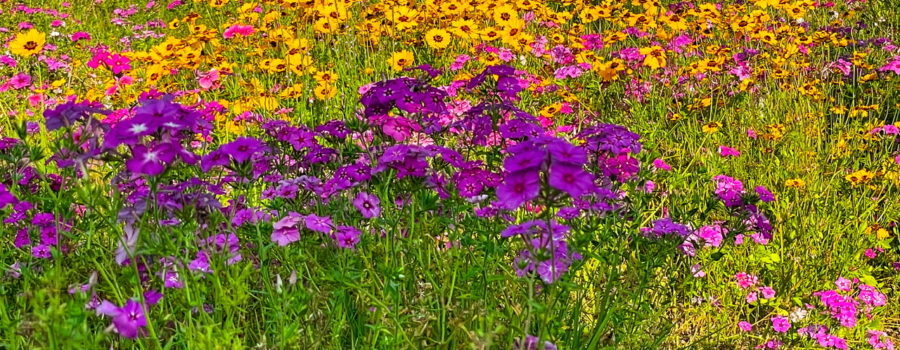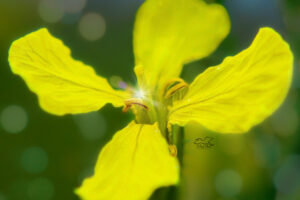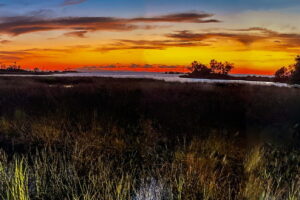How to Take Great Nature Photos: Use Interesting Foregrounds

Awhile back we discussed the use of a good background in our photos to give them more depth and keep them interesting. Today we are going to discuss the use of foregrounds. The foreground is a part of the photo that people often overlook. The focus is obviously on the main subject, and the background is easily noticeable behind that subject, but the foreground can easily be forgotten. But it shouldn’t be. The foreground is just as important to the photo as any other part. As a matter of fact, in some respects it is the most important part of your composition.

But what exactly is the foreground? Basically, the foreground is the part of the image that is closest to the viewer. The foreground is the introduction to your photo. It is the first thing that the eyes contact, and it should help to draw the viewer further into the image. The foreground can set the stage for the rest of the photo if used correctly. A good foreground also helps to transform a flat photograph into a three dimensional image. Since objects in the foreground are going to be larger than objects in the middle or in the background, it is important to choose carefully what to include in the foreground.

One of the best ways to use your foreground is to include leading lines. Foreground leading lines will help to draw the viewer’s eyes towards the main subject of the composition. Leading lines are also a great way to increase the sense of depth in your photo. And remember that leading lines don’t always have to be literal lines. Any foreground object that pulls the viewer’s eye into the image and towards the subject can be considered a leading line. The more interesting that object is, the more it will add to the photo overall. That said, though, don’t clutter your foreground with too many things or with objects that don’t complement the main subject. Also make sure that things in the foreground lead the eye towards the subject and not away.

There are many other ways to use your foreground , as well. For example, one very effective way to add drama to your photos and to help make your subject stand out is to use the foreground to create a frame. That frame can be an actual frame, such as a window or open door, or it can be made up of elements of the surroundings like tree branches. Foregrounds are also a great place to add perspective to your works. Small changes in perspective can be emphasized in the foreground where things tend to be larger. So once again, it’s time to practice, practice, practice. Try different things in your foregrounds. Try using the same things from different perspectives. Try framing and using leading lines. See what works for you and what doesn’t. Also study the work of others. What do you like about their foregrounds, and what do you dislike. Remember that what works in one setting may not work everywhere, but by refining your foregrounds, you can help to develop your own style and brand. So get out there and have some fun playing with foregrounds!






Recent Comments